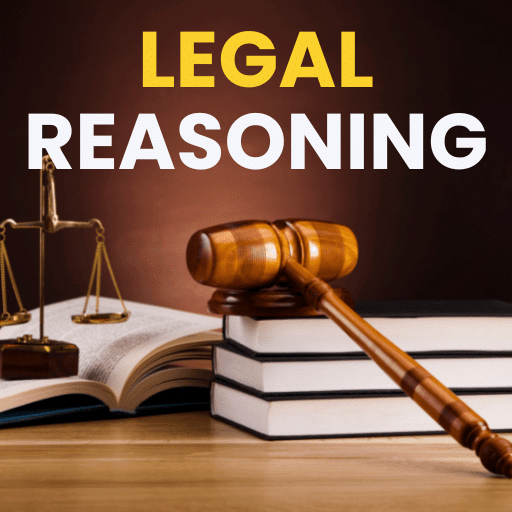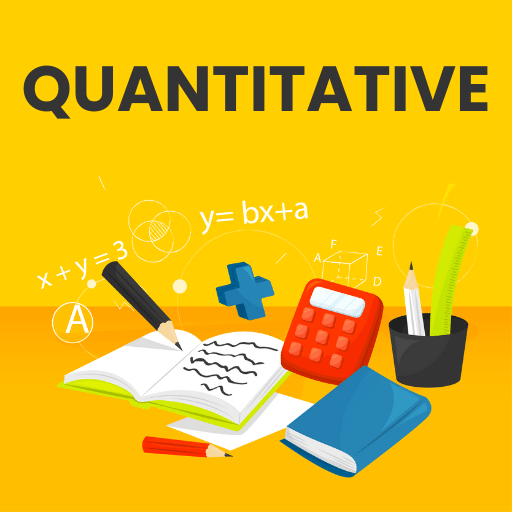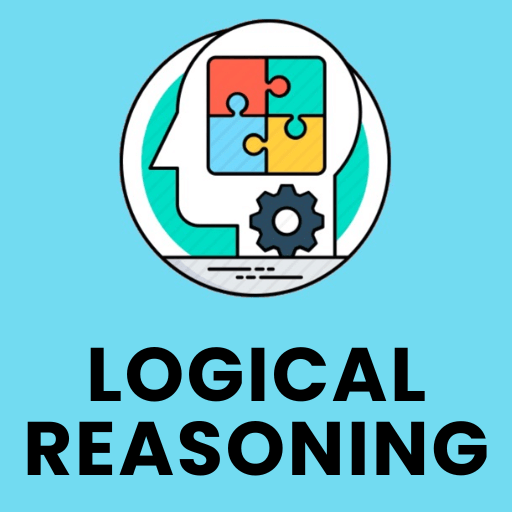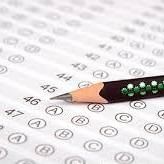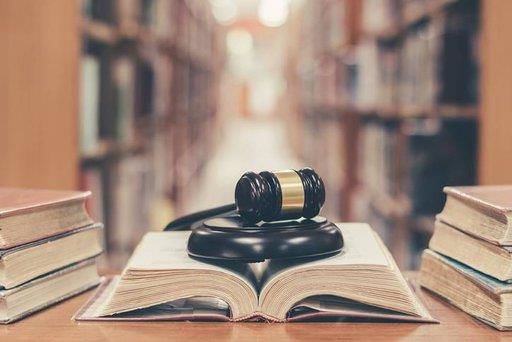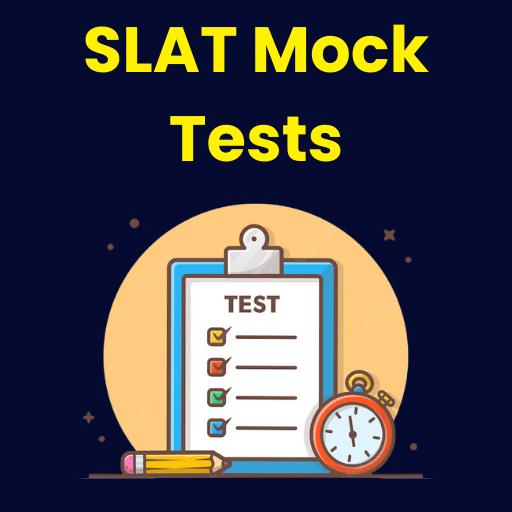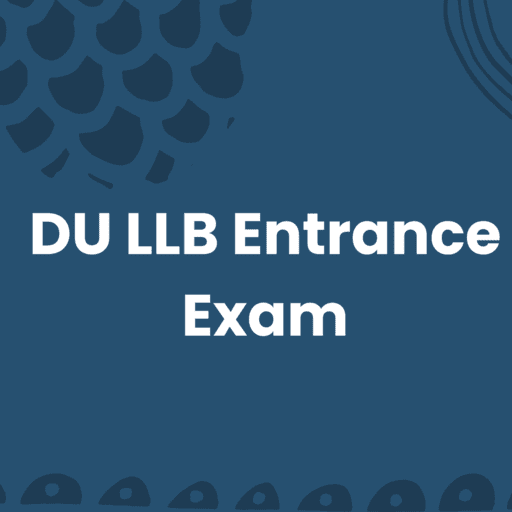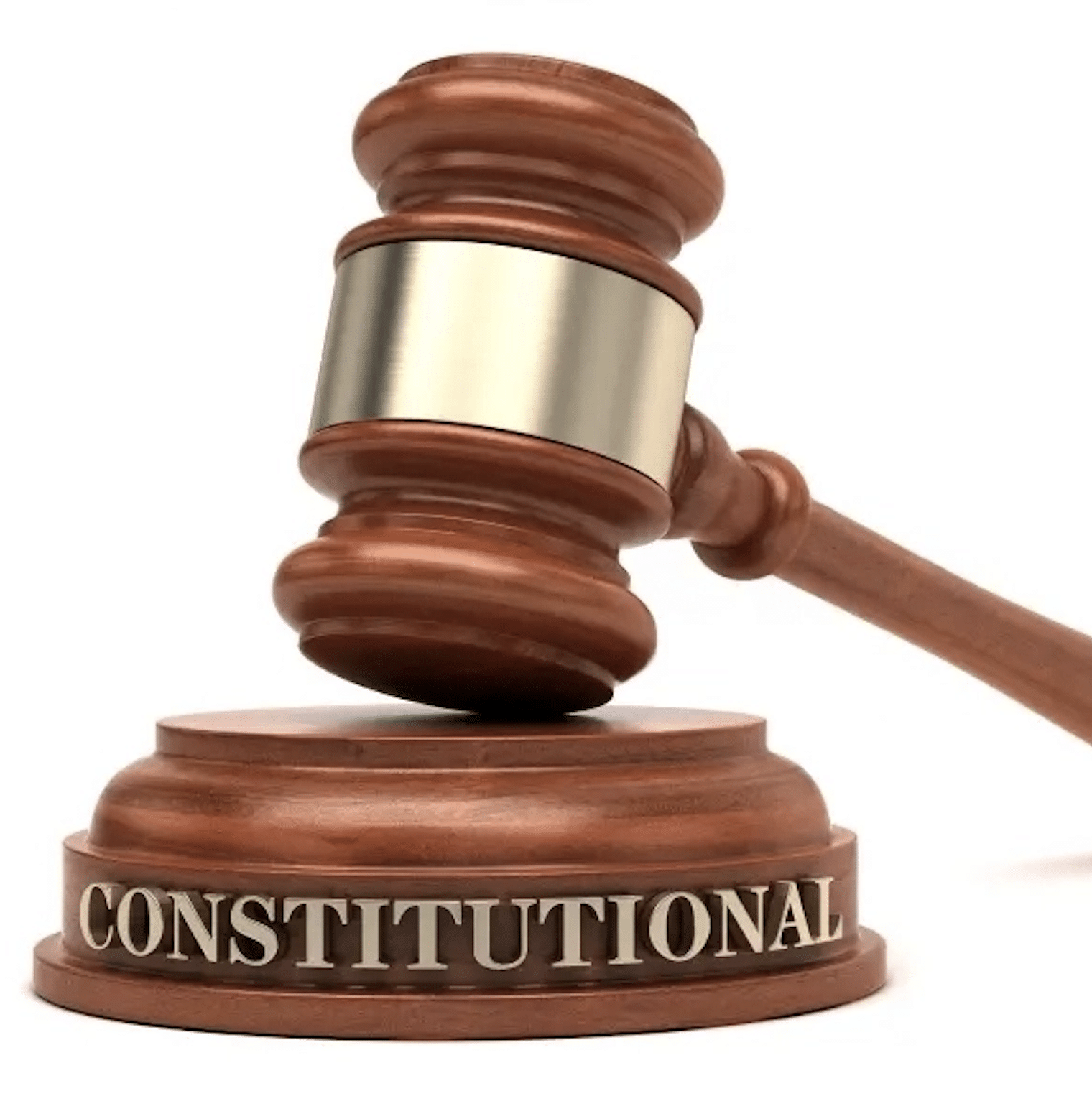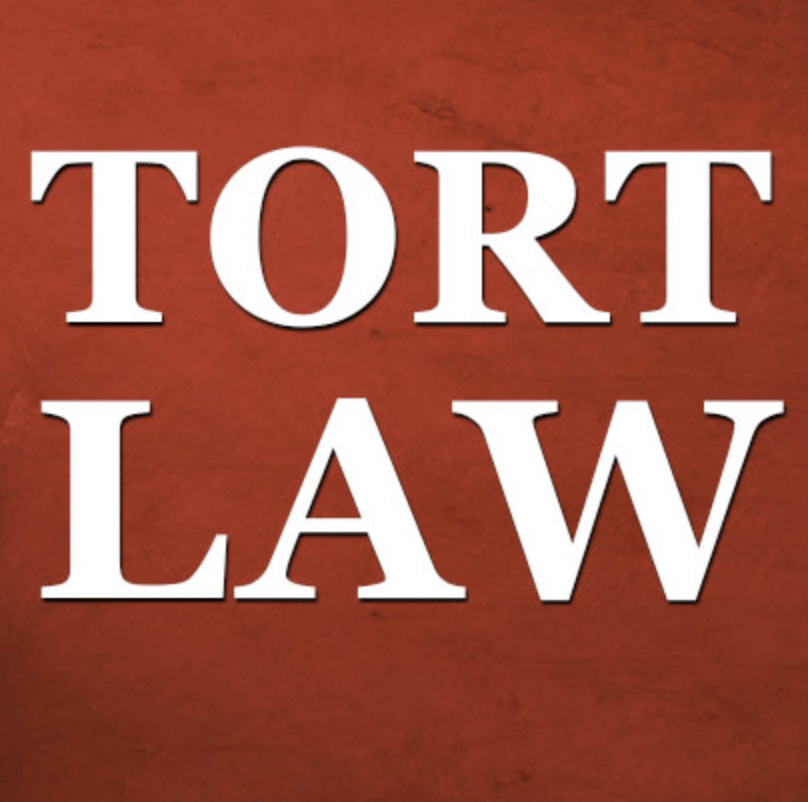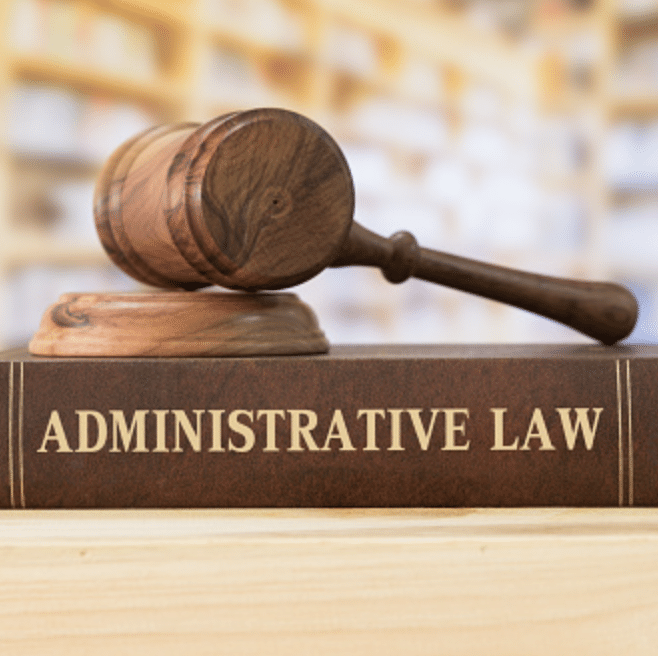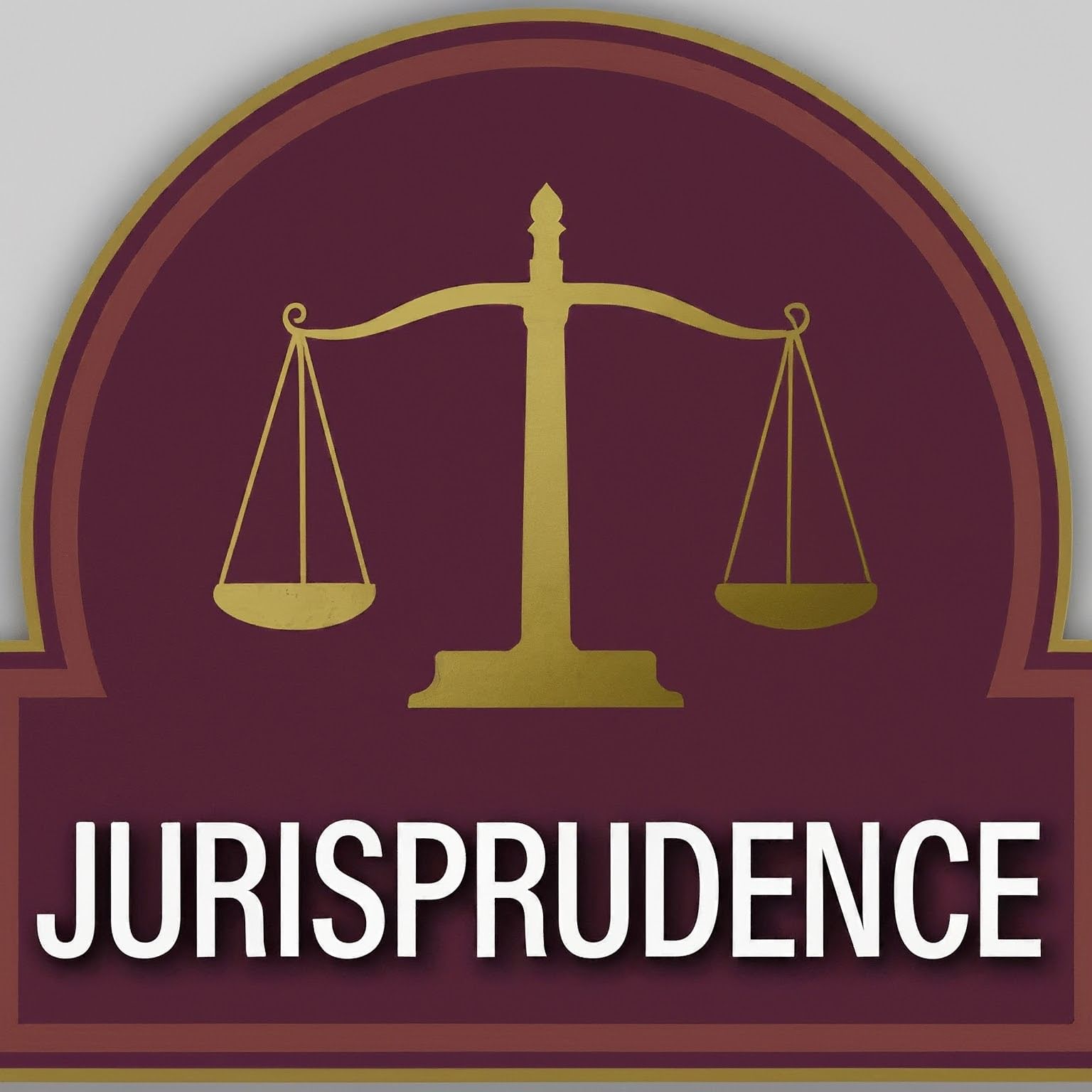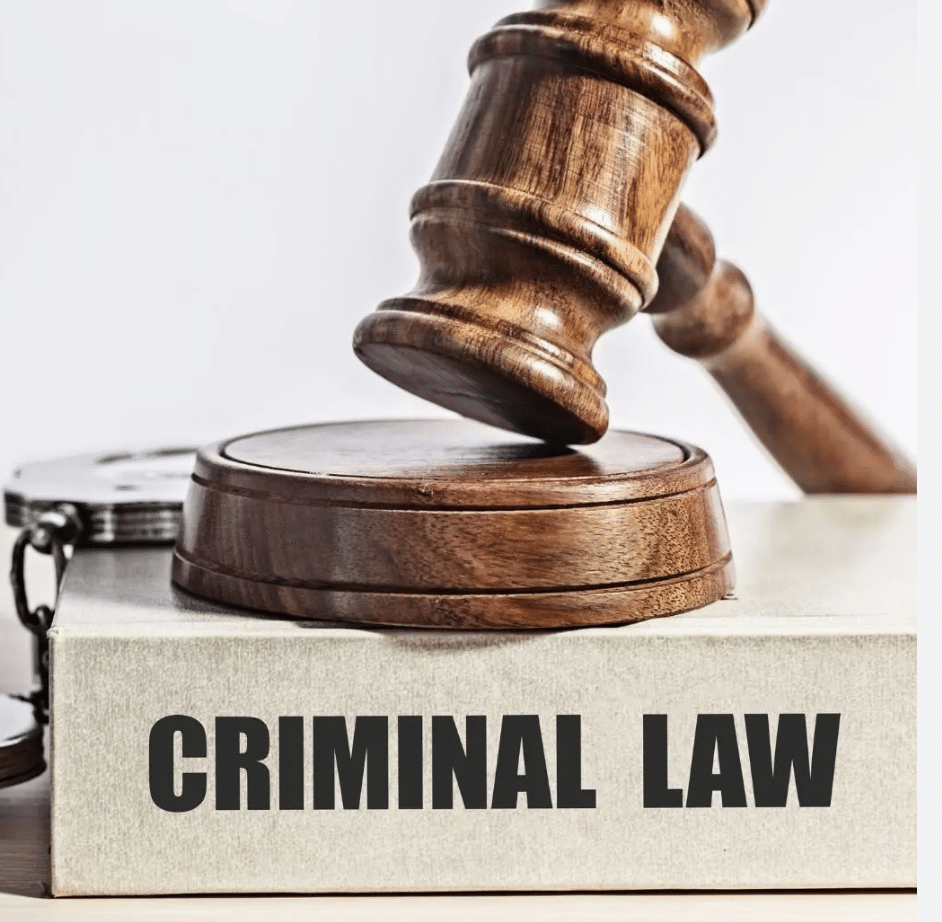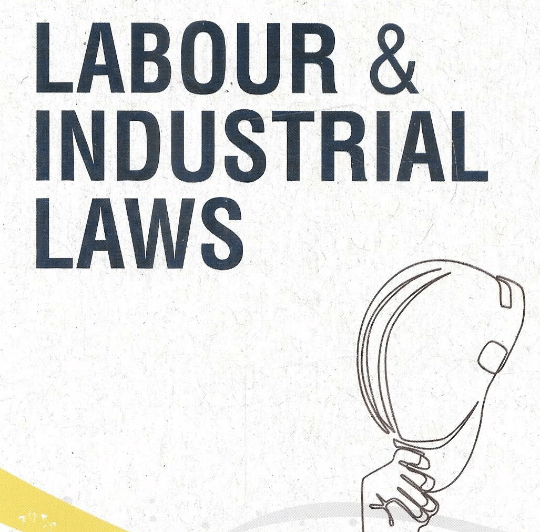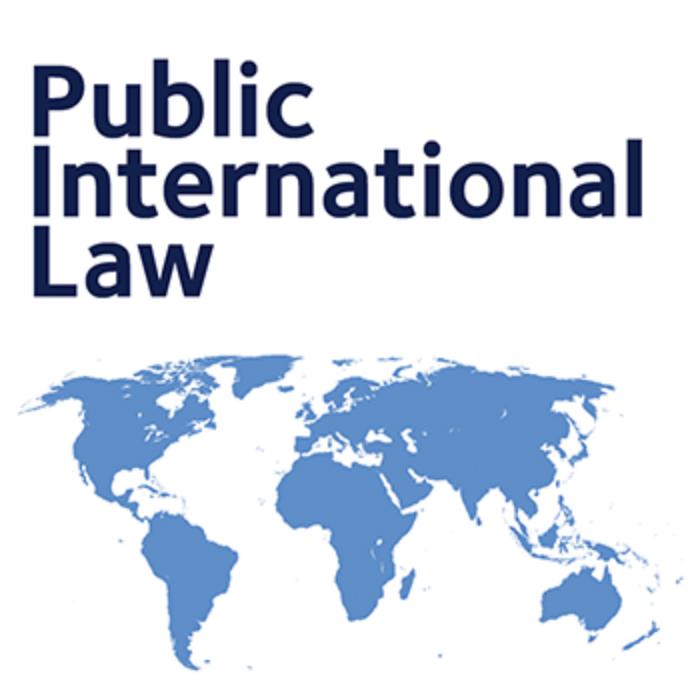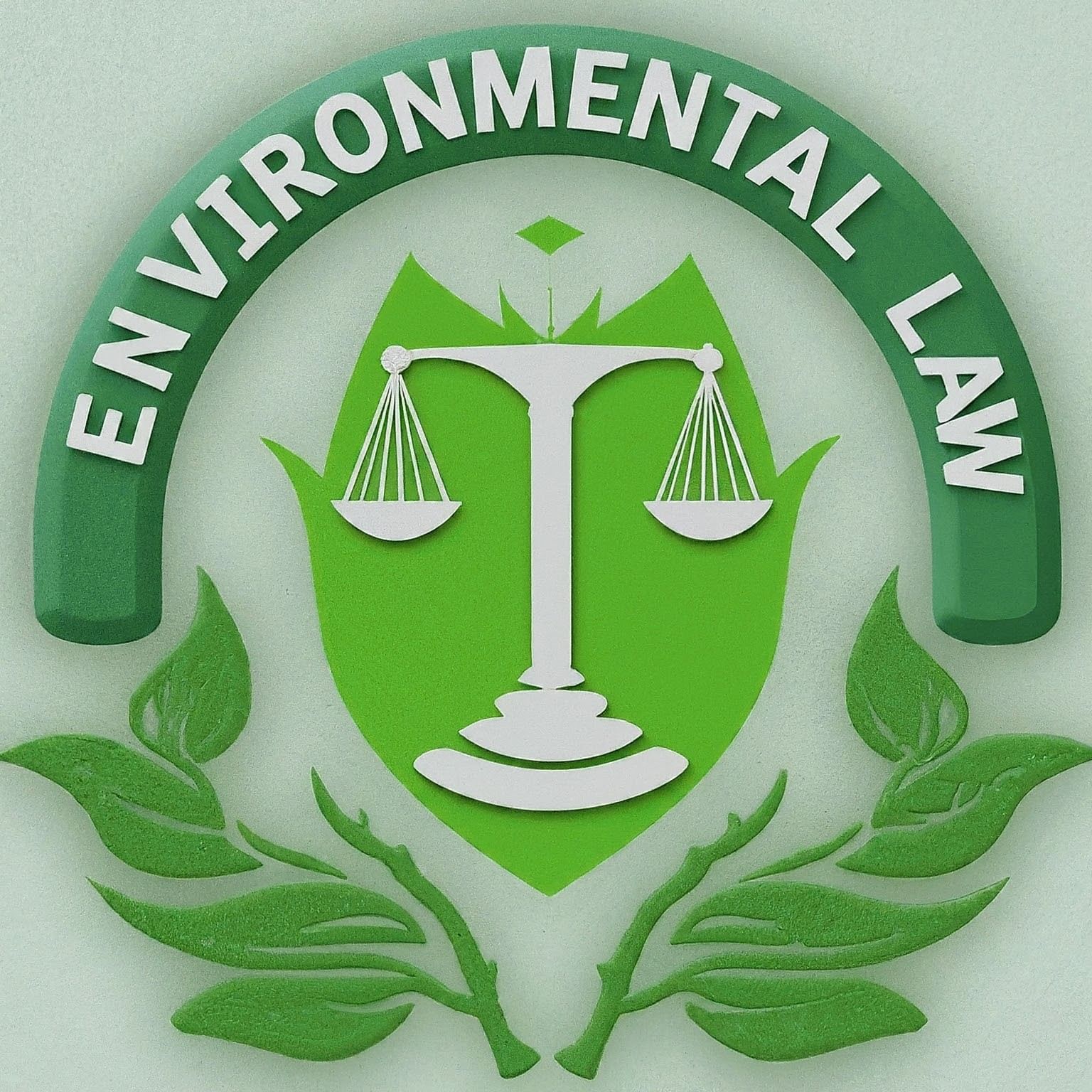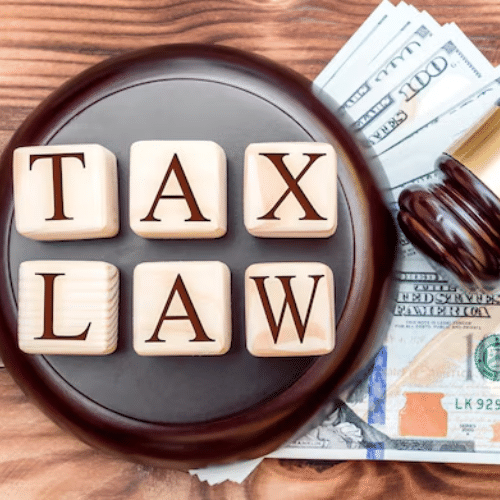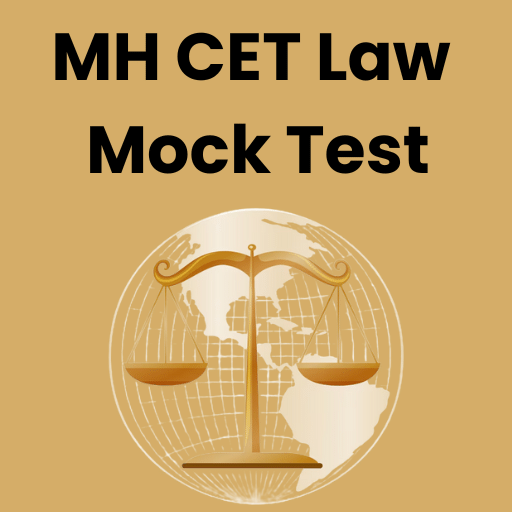|
|
Glance Learning Institute
Glance Learning is leading coaching institute for Class 6 to Class 12, helping young minds to create a strong foundation for a bright future. The institute has been helping students excel in competiti..Show More |

|
Glance Learning Institute

EduRev CLAT
|
Content, tests & courses saved by you for accessing later. (visible to you only)
Courses Created by Glance Learning Institute
Study Packages
Content created by Glance Learning Institute
 | Current Affairs: Passage of the Day - 28 March 2025 Doc | 2 pages |  |
 | Current Affairs: Passage of the Day - 27 March 2025 Doc | 3 pages |  |
 | Current Affairs: Passage of the Day - 26 March 2025 Doc | 3 pages |  |
PPT: Logical Venn Diagram Doc | 3 pages |  |
PPT: Odd Man Out Doc | 7 pages |  |
PPT: Strong & Weak Arguments Doc | 5 pages |  |
PPT: Distance & Direction Doc | 6 pages |  |
PPT: Series Doc | 7 pages |  |
PPT: Cause & Effects Doc | 5 pages |  |
PPT: Seating Arrangement Doc | 5 pages |  |
PPT: Alphabet Doc | 12 pages |  |
PPT: Blood Relationship & Coded Relationship Doc | 10 pages |  |
PPT: Syllogism Doc | 10 pages |  |
PPT: Analogy Doc | 15 pages |  |
PPT: Coding-Decoding Doc | 15 pages |  |
PPT: Mensuration Doc | 13 pages |  |
PPT: Percentage And Its Applications Doc | 10 pages |  |
PPT: Ratio And Proportion Doc | 13 pages |  |
PPT: HCF And LCM of Numbers Doc | 27 pages |  |
PPT: Squares-Square Roots-Cubes & Cube Roots Doc | 14 pages |  |
PPT: Numbers And Number System Doc | 18 pages |  |
PPT: Time And Work Doc | 19 pages |  |
PPT: Calendar Doc | 13 pages |  |
PPT: Average Doc | 7 pages |  |
PPT: Noun Doc | 11 pages |  |
PPT: Subject-Verb Agreement Doc | 12 pages |  |
PPT: Introduction to Reading Comprehension Doc | 16 pages |  |
PPT: Idioms and Phrases Doc | 6 pages |  |
PPT: Synonyms and Antonyms Doc | 8 pages |  |
PPT: Spell Check Doc | 18 pages |  |
PPT: Spotting Errors Doc | 14 pages |  |
PPT: Vocabulary Doc | 8 pages |  |
PPT: International Laws & IPR Doc | 34 pages |  |
Weekly Current Affairs (15th to 21st March 2025) Doc | 17 pages |  |
 | Current Affairs: Passage of the Day - 25 March 2025 Doc | 2 pages |  |
 | Current Affairs: Passage of the Day - 24 March 2025 Doc | 7 pages |  |
 | Current Affairs: Passage of the Day - 21 March 2025 Doc | 4 pages |  |
 | Current Affairs: Passage of the Day - 20 March 2025 Doc | 3 pages |  |
 | Current Affairs: Passage of the Day - 19 March 2025 Doc | 4 pages |  |
 | Current Affairs: Passage of the Day - 18 March 2025 Doc | 5 pages |  |
 | Current Affairs: Passage of the Day - 17 March 2025 Doc | 3 pages |  |
Weekly Current Affairs (8th to 14th March 2025) Doc | 15 pages |  |
 | Current Affairs: Passage of the Day - 13 March 2025 Doc | 2 pages |  |
Weekly Current Affairs (1st to 7th March 2025) Doc | 18 pages |  |
 | Current Affairs: Passage of the Day - 12 March 2025 Doc | 4 pages |  |
 | Current Affairs: Passage of the Day - 11 March 2025 Doc | 3 pages |  |
 | Current Affairs: Passage of the Day - 10 March 2025 Doc | 9 pages |  |
 | Current Affairs: Passage of the Day - 07 March 2025 Doc | 2 pages |  |
 | Current Affairs: Passage of the Day - 06 March 2025 Doc | 6 pages |  |
 | Current Affairs: Passage of the Day - 05 March 2025 Doc | 6 pages |  |
Discussed Questions
यदि 15 अंडों की कीमत ₹ 75 है, तो 4 दर्जन अंडों की कीमत ज्ञात करें।- a)₹ 240
- b)₹ 300
- c)₹ 150
- d)₹ 185
Correct answer is option 'A'. Can you explain this answer?
यदि 15 अंडों की कीमत ₹ 75 है, तो 4 दर्जन अंडों की कीमत ज्ञात करें।
a)
₹ 240
b)
₹ 300
c)
₹ 150
d)
₹ 185

|
Glance Learning Institute answered • 2 hours ago |
∵ 15 अंडों की कीमत = ₹ 75
∴ 1 अंडे की कीमत = ₹ 75/15
∴ 4 दर्जन (4 x 12) = 48 अंडों की कीमत
= (75/15) x 48 = ₹ 240
∴ 1 अंडे की कीमत = ₹ 75/15
∴ 4 दर्जन (4 x 12) = 48 अंडों की कीमत
= (75/15) x 48 = ₹ 240
यदि 18 बाइंडर 10 दिनों में 900 किताबों को बाइंड करते हैं, तो 12 दिनों में 660 किताबों को बाइंड करने के लिए कितने बाइंडरों की आवश्यकता होगी?- a)21
- b)14
- c)18
- d)11
Correct answer is option 'D'. Can you explain this answer?
यदि 18 बाइंडर 10 दिनों में 900 किताबों को बाइंड करते हैं, तो 12 दिनों में 660 किताबों को बाइंड करने के लिए कितने बाइंडरों की आवश्यकता होगी?
a)
21
b)
14
c)
18
d)
11

|
Glance Learning Institute answered • 2 hours ago |
दी गई प्रश्न के अनुसार,
चूंकि 900 किताबों को 10 दिनों में 18 बाइंडरों द्वारा बाइंड किया जाता है।
∴ 1 किताब को 10 दिनों में 18 / 900 बाइंडरों द्वारा बाइंड किया जाता है।
∴ 1 किताब को 1 दिन में 18 x 10 / 900 बाइंडरों द्वारा बाइंड किया जाता है।
∴ 660 किताबों को 1 दिन में 18 x 10 x 660 / 900 बाइंडरों द्वारा बाइंड किया जाता है।
∴ 660 किताबों को 12 दिनों में 18 x 10 x 660 / 12 x 900 बाइंडरों द्वारा बाइंड किया जाता है।
∴ 660 किताबों को 12 दिनों में 18 x 10 x 55 / 900 बाइंडरों द्वारा बाइंड किया जाता है।
∴ 660 किताबों को 12 दिनों में 18 x 55 / 90 बाइंडरों द्वारा बाइंड किया जाता है।
∴ 660 किताबों को 12 दिनों में 55 / 5 बाइंडरों द्वारा बाइंड किया जाता है।
∴ 660 किताबों को 12 दिनों में 11 बाइंडरों द्वारा बाइंड किया जाता है।
चूंकि 900 किताबों को 10 दिनों में 18 बाइंडरों द्वारा बाइंड किया जाता है।
∴ 1 किताब को 10 दिनों में 18 / 900 बाइंडरों द्वारा बाइंड किया जाता है।
∴ 1 किताब को 1 दिन में 18 x 10 / 900 बाइंडरों द्वारा बाइंड किया जाता है।
∴ 660 किताबों को 1 दिन में 18 x 10 x 660 / 900 बाइंडरों द्वारा बाइंड किया जाता है।
∴ 660 किताबों को 12 दिनों में 18 x 10 x 660 / 12 x 900 बाइंडरों द्वारा बाइंड किया जाता है।
∴ 660 किताबों को 12 दिनों में 18 x 10 x 55 / 900 बाइंडरों द्वारा बाइंड किया जाता है।
∴ 660 किताबों को 12 दिनों में 18 x 55 / 90 बाइंडरों द्वारा बाइंड किया जाता है।
∴ 660 किताबों को 12 दिनों में 55 / 5 बाइंडरों द्वारा बाइंड किया जाता है।
∴ 660 किताबों को 12 दिनों में 11 बाइंडरों द्वारा बाइंड किया जाता है।
Which of the following is a challenge faced by the Indian judiciary as highlighted in recent news?- a) Excessive funding from foreign governments
- b) The influence of political appointments in judiciary
- c) The lack of public interest in judicial processes
- d) A surplus of judges in the system
Correct answer is option 'B'. Can you explain this answer?
Which of the following is a challenge faced by the Indian judiciary as highlighted in recent news?
a)
Excessive funding from foreign governments
b)
The influence of political appointments in judiciary
c)
The lack of public interest in judicial processes
d)
A surplus of judges in the system

|
Glance Learning Institute answered • 2 hours ago |
One of the significant challenges faced by the Indian judiciary is the influence of political appointments, particularly highlighted by the discussions surrounding the National Judicial Appointments Commission (NJAC). There are concerns that such an arrangement could compromise judicial independence and integrity, making it crucial to consider reforms that protect the judiciary from political pressures.
यदि 12 व्यक्ति दिन में 16 घंटे काम करके प्रति सप्ताह ₹ 33600 कमाते हैं, तो 18 व्यक्ति दिन में 12 घंटे काम करके कितना कमाएंगे?- a)₹ 40000
- b)₹ 35000
- c)₹ 28800
- d)₹ 37800
Correct answer is option 'D'. Can you explain this answer?
यदि 12 व्यक्ति दिन में 16 घंटे काम करके प्रति सप्ताह ₹ 33600 कमाते हैं, तो 18 व्यक्ति दिन में 12 घंटे काम करके कितना कमाएंगे?
a)
₹ 40000
b)
₹ 35000
c)
₹ 28800
d)
₹ 37800

|
Glance Learning Institute answered • 16 hours ago |
M1 = 12, H1 = 16, W1 = 33600
M2 = 18, H2 = 12, W2 = ?
सूत्र द्वारा, M1H1/W1 = M2H2/W2
(12 x 16)/33600 = (18 x 12)/W2
⇒ W2 = (33600 x 18)/16
⇒ W2 = 2100 x 8
∴ W2 = 37800
M2 = 18, H2 = 12, W2 = ?
सूत्र द्वारा, M1H1/W1 = M2H2/W2
(12 x 16)/33600 = (18 x 12)/W2
⇒ W2 = (33600 x 18)/16
⇒ W2 = 2100 x 8
∴ W2 = 37800
यदि 30 पुरुष 9 घंटे प्रति दिन काम करके 16 दिनों में एक खेत काट सकते हैं, तो 36 पुरुष 8 घंटे प्रति दिन काम करके खेत को कितने दिनों में काटेंगे?- a)15
- b)25
- c)18
- d)10
Correct answer is option 'A'. Can you explain this answer?
यदि 30 पुरुष 9 घंटे प्रति दिन काम करके 16 दिनों में एक खेत काट सकते हैं, तो 36 पुरुष 8 घंटे प्रति दिन काम करके खेत को कितने दिनों में काटेंगे?
a)
15
b)
25
c)
18
d)
10

|
Glance Learning Institute answered • 16 hours ago |
यहाँ M1 = 30, D1 = 16,
T1 = 9, M2 = 36 और T2 = 8
सूत्र के अनुसार, M1D1T1 = M2D2T2
30 x 16 x 9 = 36 x D2 x 8
∴ D2 = (30 x 16 x 9)/(36 x 8) = 15 दिन
T1 = 9, M2 = 36 और T2 = 8
सूत्र के अनुसार, M1D1T1 = M2D2T2
30 x 16 x 9 = 36 x D2 x 8
∴ D2 = (30 x 16 x 9)/(36 x 8) = 15 दिन
एक सिस्टर्न में दो पाइप A और B हैं। A इसे 20 मिनट में भर सकता है और B इसे 30 मिनट में खाली कर सकता है। यदि A और B को एक-एक मिनट के लिए बारी-बारी से खोला जाए, तो सिस्टर्न कितनी जल्दी भरेगा?- a)120 मिनट
- b)121 मिनट
- c)110 मिनट
- d)115 मिनट
Correct answer is option 'D'. Can you explain this answer?
एक सिस्टर्न में दो पाइप A और B हैं। A इसे 20 मिनट में भर सकता है और B इसे 30 मिनट में खाली कर सकता है। यदि A और B को एक-एक मिनट के लिए बारी-बारी से खोला जाए, तो सिस्टर्न कितनी जल्दी भरेगा?
a)
120 मिनट
b)
121 मिनट
c)
110 मिनट
d)
115 मिनट

|
Glance Learning Institute answered • 16 hours ago |
नियम 7 का उपयोग करते हुए,
पहले दो मिनट में टैंक का भरा हुआ भाग

114 मिनट में भरा गया टैंक का भाग
= 57/60 = 19/20

114 मिनट में भरा गया टैंक का भाग
= 57/60 = 19/20
दो पाइप A और B क्रमशः 60 मिनट और 75 मिनट में एक टंकी भर सकते हैं। टंकी के नीचे एक तीसरी पाइप है जो इसे खाली करती है। यदि तीनों पाइप एक साथ खोले जाएं, तो टंकी 50 मिनट में भर जाती है। तीसरी पाइप अकेले टंकी को खाली करने में कितना समय लेगी?- a)90 मिनट
- b)110 मिनट
- c)100 मिनट
- d)120 मिनट
Correct answer is option 'C'. Can you explain this answer?
दो पाइप A और B क्रमशः 60 मिनट और 75 मिनट में एक टंकी भर सकते हैं। टंकी के नीचे एक तीसरी पाइप है जो इसे खाली करती है। यदि तीनों पाइप एक साथ खोले जाएं, तो टंकी 50 मिनट में भर जाती है। तीसरी पाइप अकेले टंकी को खाली करने में कितना समय लेगी?
a)
90 मिनट
b)
110 मिनट
c)
100 मिनट
d)
120 मिनट

|
Glance Learning Institute answered • 16 hours ago |
मान लें कि तीसरी पाइप x मिनट में टंकी को खाली करती है।
जब तीनों पाइप एक साथ खोले जाते हैं, तो 1 मिनट में टंकी का कितना भाग भरा जाता है।
प्रश्न के अनुसार,


जब तीनों पाइप एक साथ खोले जाते हैं, तो 1 मिनट में टंकी का कितना भाग भरा जाता है।
प्रश्न के अनुसार,


150 मीटर लंबी ट्रेन को 450 मीटर लंबे पुल को पार करने में 30 सेकंड लगते हैं। ट्रेन को 360 मीटर लंबे प्लेटफॉर्म को पार करने में कितना समय लगेगा?- a)२५.५०
- b)27.50
- c)32.50
- d)37.50
Correct answer is option 'A'. Can you explain this answer?
150 मीटर लंबी ट्रेन को 450 मीटर लंबे पुल को पार करने में 30 सेकंड लगते हैं। ट्रेन को 360 मीटर लंबे प्लेटफॉर्म को पार करने में कितना समय लगेगा?
a)
२५.५०
b)
27.50
c)
32.50
d)
37.50

|
Glance Learning Institute answered • 17 hours ago |
“150 + 450 = 600” मीटर पार करने के लिए आवश्यक समय = 30 सेकंड
“150 + 360 = 510” मीटर पार करने के लिए आवश्यक समय

इसलिए, विकल्प A सही है।
“150 + 360 = 510” मीटर पार करने के लिए आवश्यक समय

इसलिए, विकल्प A सही है।
Which of the following keyboard shortcuts is used in a Windows 10 system to switch between open applications?- a)Alt + Tab
- b)Alt + S
- c)Ctrl + S
- d)Ctrl + Tab
Correct answer is option 'A'. Can you explain this answer?
Which of the following keyboard shortcuts is used in a Windows 10 system to switch between open applications?
a)
Alt + Tab
b)
Alt + S
c)
Ctrl + S
d)
Ctrl + Tab

|
Glance Learning Institute answered • 18 hours ago |
Alt+Tab
- The keyboard shortcut is most often used to switch between open programs in Microsoft Windows 10.
Alt + S
- Alt+S is a keyboard shortcut most often used to open the slide show settings in PowerPoint.
Ctrl + S
- In Microsoft Word and other word processors, pressing Ctrl + S saves the current document.
Ctrl + Tab
- Ctrl+Tab is a keyboard shortcut most often used to switch between open tabs in a browser.

|
Glance Learning Institute asked • Nov 02, 2022 |
Direction: In the question below is a statement followed by two conclusions. Answer the question according to the given statements.Statement: Some pearls are jewels. Some Jewels are ornaments.Conclusion:I. Some jewels are pearls.II. Some ornaments are jewels.- a)Only conclusion I follows
- b)Only conclusion II follows
- c)Neither conclusion I nor II follows
- d)Both conclusions I and II follow
Correct answer is option 'D'. Can you explain this answer?
Direction: In the question below is a statement followed by two conclusions. Answer the question according to the given statements.
Statement: Some pearls are jewels. Some Jewels are ornaments.
Conclusion:
I. Some jewels are pearls.
II. Some ornaments are jewels.
a)
Only conclusion I follows
b)
Only conclusion II follows
c)
Neither conclusion I nor II follows
d)
Both conclusions I and II follow
|
|
Eshaan Kapoor answered |
From the following Statement we have these diagrams

So, we can see that both the conclusions are followed.
Hence, the correct option is (D).

|
Glance Learning Institute asked • Sep 21, 2021 |
Patent is an intellectual property right given by ______________.- a)New and usual invention
- b)Original literary work
- c)Distinguished trademark
- d)New plant variety
Correct answer is option 'A'. Can you explain this answer?
Patent is an intellectual property right given by ______________.
a)
New and usual invention
b)
Original literary work
c)
Distinguished trademark
d)
New plant variety
|
|
Naina nayar answered |
Patent as an Intellectual Property Right
Patents are granted by the government to inventors or their assignees for new and useful inventions. Below are some key points explaining the concept of patent as an intellectual property right:
What is a Patent?
- A patent is a set of exclusive rights granted to an inventor for a limited period of time in exchange for the public disclosure of their invention.
- It gives the inventor the right to exclude others from making, using, selling, and importing the patented invention without their permission.
Criteria for Patentability
- For an invention to be granted a patent, it must be novel, non-obvious, and have utility.
- The invention must be new and not disclosed to the public before the patent application is filed.
- It should also involve an inventive step that is not obvious to someone with knowledge in the field of the invention.
- Additionally, the invention must have a practical application or utility.
Types of Patents
- There are different types of patents, including utility patents for new and useful processes, machines, or compositions of matter, design patents for new, original, and ornamental designs for an article of manufacture, and plant patents for new and distinct varieties of plants.
Importance of Patents
- Patents play a crucial role in promoting innovation by providing inventors with the incentive to invest time and resources into developing new technologies.
- They also encourage the sharing of knowledge and help drive economic growth by fostering competition and allowing inventors to profit from their inventions.

|
Glance Learning Institute asked • Sep 21, 2021 |
Direction: Read the passage and answer the question based on it.The Public Distribution System (PDS) was set up in India originally as a rationing system to cope with the food shortages during the Second World War period. From 1965, it was expanded into a universal system for delivering cheap food grain such as wheat and rice and certain other essential commodities such as sugar, edible oil, and kerosene. While the major objective of the PDS has been to act as a welfare measure to provide these goods at prices that are relatively lower than the market, it has also acted as a countervailing force to prevent speculation in prices by profit-oriented private traders. Since the PDS constitutes a major outlet for the sale of grain procured by the procurement agencies, it is an important link in the support system provided to farmers by the government. Over the years, the buffer stocks maintained by the PDS have served to ensure price stability and self-sufficiency in food even in years of severe drought and thereby helped to maintain the economic sovereignty of the country.What is the outcome of this system? ... more
Direction: Read the passage and answer the question based on it.
The Public Distribution System (PDS) was set up in India originally as a rationing system to cope with the food shortages during the Second World War period. From 1965, it was expanded into a universal system for delivering cheap food grain such as wheat and rice and certain other essential commodities such as sugar, edible oil, and kerosene. While the major objective of the PDS has been to act as a welfare measure to provide these goods at prices that are relatively lower than the market, it has also acted as a countervailing force to prevent speculation in prices by profit-oriented private traders. Since the PDS constitutes a major outlet for the sale of grain procured by the procurement agencies, it is an important link in the support system provided to farmers by the government. Over the years, the buffer stocks maintained by the PDS have served to ensure price stability and self-sufficiency in food even in years of severe drought and thereby helped to maintain the economic sovereignty of the country.
What is the outcome of this system?
|
|
Abhishek Chavan answered |
Outcome of the Public Distribution System (PDS)
The Public Distribution System (PDS) has had significant outcomes in India, primarily focused on stabilizing food commodities and ensuring economic security.
Stability in Food Commodities
- The PDS acts as a stabilizing force by providing essential food grains like wheat and rice at lower prices than market rates.
-... more
The Public Distribution System (PDS) has had significant outcomes in India, primarily focused on stabilizing food commodities and ensuring economic security.
Stability in Food Commodities
- The PDS acts as a stabilizing force by providing essential food grains like wheat and rice at lower prices than market rates.
-... more

|
Glance Learning Institute asked • Jul 02, 2021 |
The Supreme Court has laid down broad principles from various precedents in relation to Section 482 of the Code of Criminal Procedure for quashing of First Information Reports(FIR).The Gujarat HC had dismissed an application under Section 482 on two grounds:1. The Appellants were absconding and warrants had been issued against them.2. The Appellants had criminal antecedents.The High Court stated it was not in the interest of society at large to accept the settlement and quash the FIR, as the charges are of a serious nature and the activities of the appellants render them a potential threat to society.SC summarized the following broad principles in relation to quashing FIRs.Section 482 preserves the inherent powers of the HC to prevent an abuse of the process of any court or to secure the ends of justice. The provision does not confer new powers. It only recognises and preserves powers inherent in the HC. In forming an opinion whether a criminal proceeding or complaint should be quashed under Section 482, the HC must evaluate whether the ends of justice would justify the exercise of the inherent power.The decision as to whether a complaint or FIR should be quashed on the ground that the offender and victim have settled the dispute, revolves ultimately on the facts and circumstances of each case and no exhaustive elaboration of principles can be formulated. In the exercise of the power under Section 482 and while dealing with a plea that the dispute has been settled, the HC must have due regard to the nature and gravity of the offence. Heinous and serious offences involving mental depravity or offences such as murder, rape and dacoity cannot appropriately be quashed though the victim or the family of the victim have settled the dispute. Such offences are, truly speaking, not private in nature but have a serious impact upon society. The decision to continue with the trial in such cases is founded on the overriding element of public interest in punishing persons for serious offences.Criminal cases involving offences which arise from commercial, financial, mercantile, partnership or similar transactions with an essentially civil flavor may in appropriate situations fall for quashing where parties have settled the dispute. However, economic offences involving the financial and economic well-being of the state have implications which lie beyond the domain of a mere dispute between private disputants. The HC would be justified in declining to quash where the offender is involved in an activity akin to a financial or economic fraud or misdemeanour. The Apex Court dismissed the appeal holding that the High Court was justified in declining to entertain the Application for quashing FIR in the exercise of its inherent jurisdiction.Q. Which of the following could be ascertained about the view of author in the given passage?... more
The Supreme Court has laid down broad principles from various precedents in relation to Section 482 of the Code of Criminal Procedure for quashing of First Information Reports(FIR).
The Gujarat HC had dismissed an application under Section 482 on two grounds:
1. The Appellants were absconding and warrants had been issued against them.
2. The Appellants had criminal antecedents.
The High Court stated it was not in the interest of society at large to accept the settlement and quash the FIR, as the charges are of a serious nature and the activities of the appellants render them a potential threat to society.
SC summarized the following broad principles in relation to quashing FIRs.
Section 482 preserves the inherent powers of the HC to prevent an abuse of the process of any court or to secure the ends of justice. The provision does not confer new powers. It only recognises and preserves powers inherent in the HC. In forming an opinion whether a criminal proceeding or complaint should be quashed under Section 482, the HC must evaluate whether the ends of justice would justify the exercise of the inherent power.
The decision as to whether a complaint or FIR should be quashed on the ground that the offender and victim have settled the dispute, revolves ultimately on the facts and circumstances of each case and no exhaustive elaboration of principles can be formulated. In the exercise of the power under Section 482 and while dealing with a plea that the dispute has been settled, the HC must have due regard to the nature and gravity of the offence. Heinous and serious offences involving mental depravity or offences such as murder, rape and dacoity cannot appropriately be quashed though the victim or the family of the victim have settled the dispute. Such offences are, truly speaking, not private in nature but have a serious impact upon society. The decision to continue with the trial in such cases is founded on the overriding element of public interest in punishing persons for serious offences.
Criminal cases involving offences which arise from commercial, financial, mercantile, partnership or similar transactions with an essentially civil flavor may in appropriate situations fall for quashing where parties have settled the dispute. However, economic offences involving the financial and economic well-being of the state have implications which lie beyond the domain of a mere dispute between private disputants. The HC would be justified in declining to quash where the offender is involved in an activity akin to a financial or economic fraud or misdemeanour. The Apex Court dismissed the appeal holding that the High Court was justified in declining to entertain the Application for quashing FIR in the exercise of its inherent jurisdiction.
Q. Which of the following could be ascertained about the view of author in the given passage?
|
|
Eshaan Kapoor answered |
The author has merely laid down the explanation and reasoning of the law on quashing of FIR under section 482 of CrPC. There is nothing in the passage which indicates towards author support or disagreement towards the judgments of either the Gujarat High Court and Supreme Court.

|
Glance Learning Institute asked • Jul 02, 2021 |
The cabinet has approved amendments made to the Juvenile Justice Act. This week, the Union Cabinet ushered in some major amendments to the Juvenile Justice (Care and Protection of Children) Act [X] in a bid to bring in clarity and also entrust more responsibilities on bureaucrats when it comes to implementing provisions of the law.The Juvenile Justice (Care and Protection of Children) Act was introduced and passed in Parliament in 2015 to replace the Juvenile Delinquency Law and the Juvenile Justice (Care and Protection of Children Act) 2000. One of the main provisions of the new Act was allowing the trial of juveniles in conflict with law in the age group of 16-18 years as adults, in cases where the crimes were to be determined. The nature of the crime, and whether the juvenile should be tried as a minor or a child, was to be determined by a Juvenile Justice Board. This provision received an impetus after the 2012 Delhi gangrape in which one of the accused was just short of 18 years, and was therefore tried as a juvenile.Most heinous crimes have a minimum or maximum sentence of seven years. According to the Juvenile Justice Act 2015, juveniles charged with heinous crimes and who would be between the ages of 16-18 years would be tried as adults and processed through the adult justice system. The amendment passed by the Union Cabinet this week has included for the first time the category of “serious crimes” differentiating it from heinous crimes, while retaining heinous crimes. Both heinous and serious crimes have also been clarified for the first time, removing any ambiguity. Women and Child Development Minister [Y], on wednesday, announced that district magistrates (DMs) along with additional district magistrates (ADMs) will monitor the functioning of various agencies under the JJ Act in every district. This includes the Child Welfare Committees, the Juvenile Justice Boards, the District Child Protection Units and the Special juvenile Protection Units.The amendment has been brought in based on a report filed by the NCPCR in 2018-19 in which the over 7,000 Child Care Institutions (or children’s homes) were surveyed and found that 1.5 per cent do not conform to rules and regulations of the JJ Act and 29 per cent of them had major shortcomings in their management. The NCPCR report also found that not a single Child Care Institution in the country was found to be 100 per cent compliant to the provisions of the JJ Act.Q. What is the year [X], which has been redacted from the passage?... more
The cabinet has approved amendments made to the Juvenile Justice Act. This week, the Union Cabinet ushered in some major amendments to the Juvenile Justice (Care and Protection of Children) Act [X] in a bid to bring in clarity and also entrust more responsibilities on bureaucrats when it comes to implementing provisions of the law.
The Juvenile Justice (Care and Protection of Children) Act was introduced and passed in Parliament in 2015 to replace the Juvenile Delinquency Law and the Juvenile Justice (Care and Protection of Children Act) 2000. One of the main provisions of the new Act was allowing the trial of juveniles in conflict with law in the age group of 16-18 years as adults, in cases where the crimes were to be determined. The nature of the crime, and whether the juvenile should be tried as a minor or a child, was to be determined by a Juvenile Justice Board. This provision received an impetus after the 2012 Delhi gangrape in which one of the accused was just short of 18 years, and was therefore tried as a juvenile.
Most heinous crimes have a minimum or maximum sentence of seven years. According to the Juvenile Justice Act 2015, juveniles charged with heinous crimes and who would be between the ages of 16-18 years would be tried as adults and processed through the adult justice system. The amendment passed by the Union Cabinet this week has included for the first time the category of “serious crimes” differentiating it from heinous crimes, while retaining heinous crimes. Both heinous and serious crimes have also been clarified for the first time, removing any ambiguity. Women and Child Development Minister [Y], on wednesday, announced that district magistrates (DMs) along with additional district magistrates (ADMs) will monitor the functioning of various agencies under the JJ Act in every district. This includes the Child Welfare Committees, the Juvenile Justice Boards, the District Child Protection Units and the Special juvenile Protection Units.
The amendment has been brought in based on a report filed by the NCPCR in 2018-19 in which the over 7,000 Child Care Institutions (or children’s homes) were surveyed and found that 1.5 per cent do not conform to rules and regulations of the JJ Act and 29 per cent of them had major shortcomings in their management. The NCPCR report also found that not a single Child Care Institution in the country was found to be 100 per cent compliant to the provisions of the JJ Act.
Q. What is the year [X], which has been redacted from the passage?
|
|
Dia Mehta answered |
The Juvenile Justice (Care and Protection of Children) Act was introduced and passed in Parliament in 2015 to replace the Juvenile Delinquency Law and the Juvenile Justice (Care and Protection of Children Act) 2000
Fetching relevant content for you











